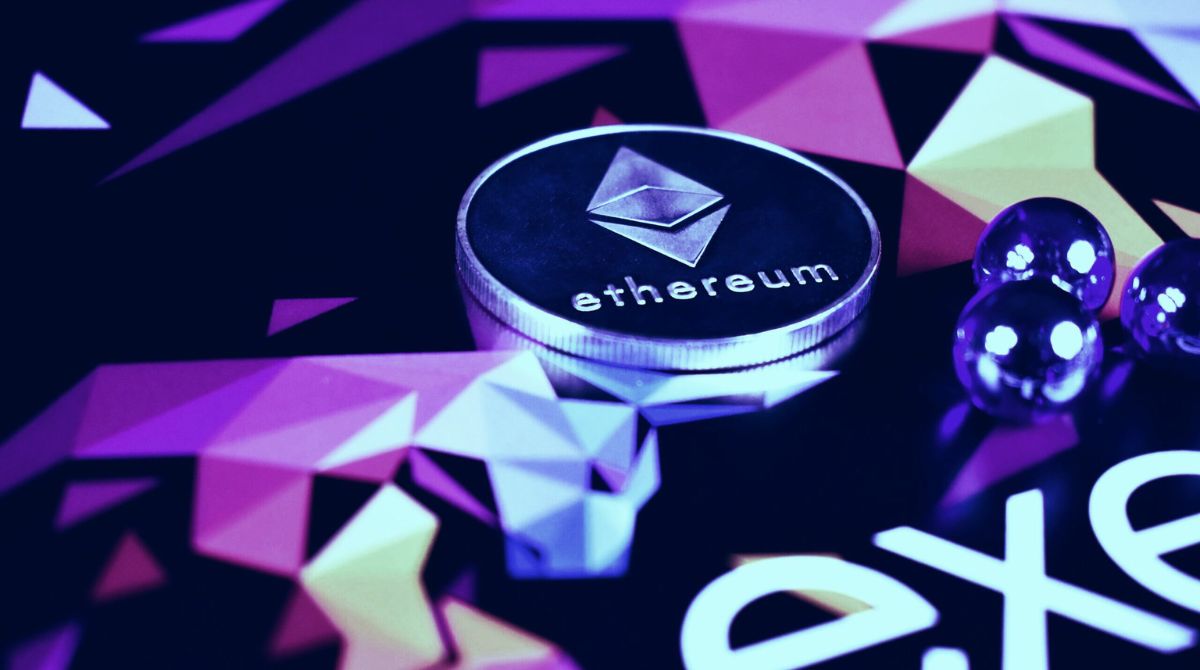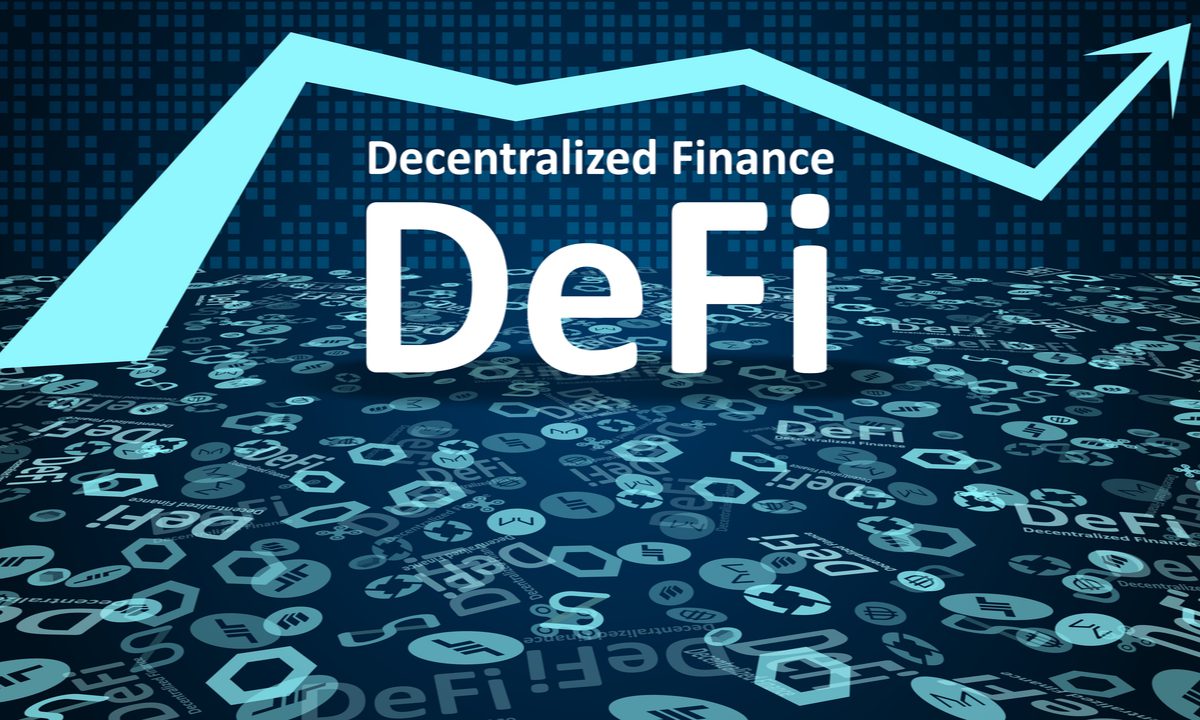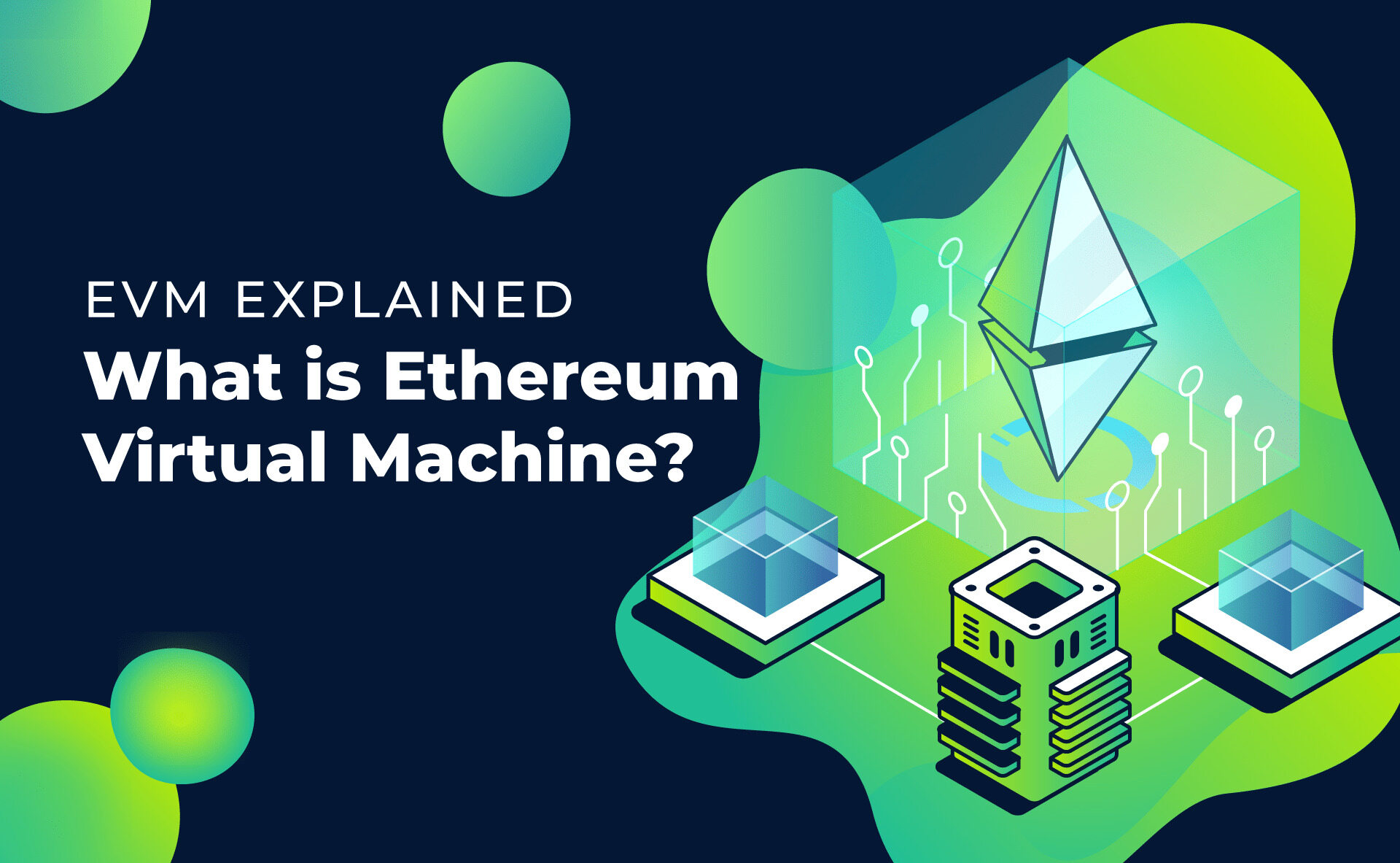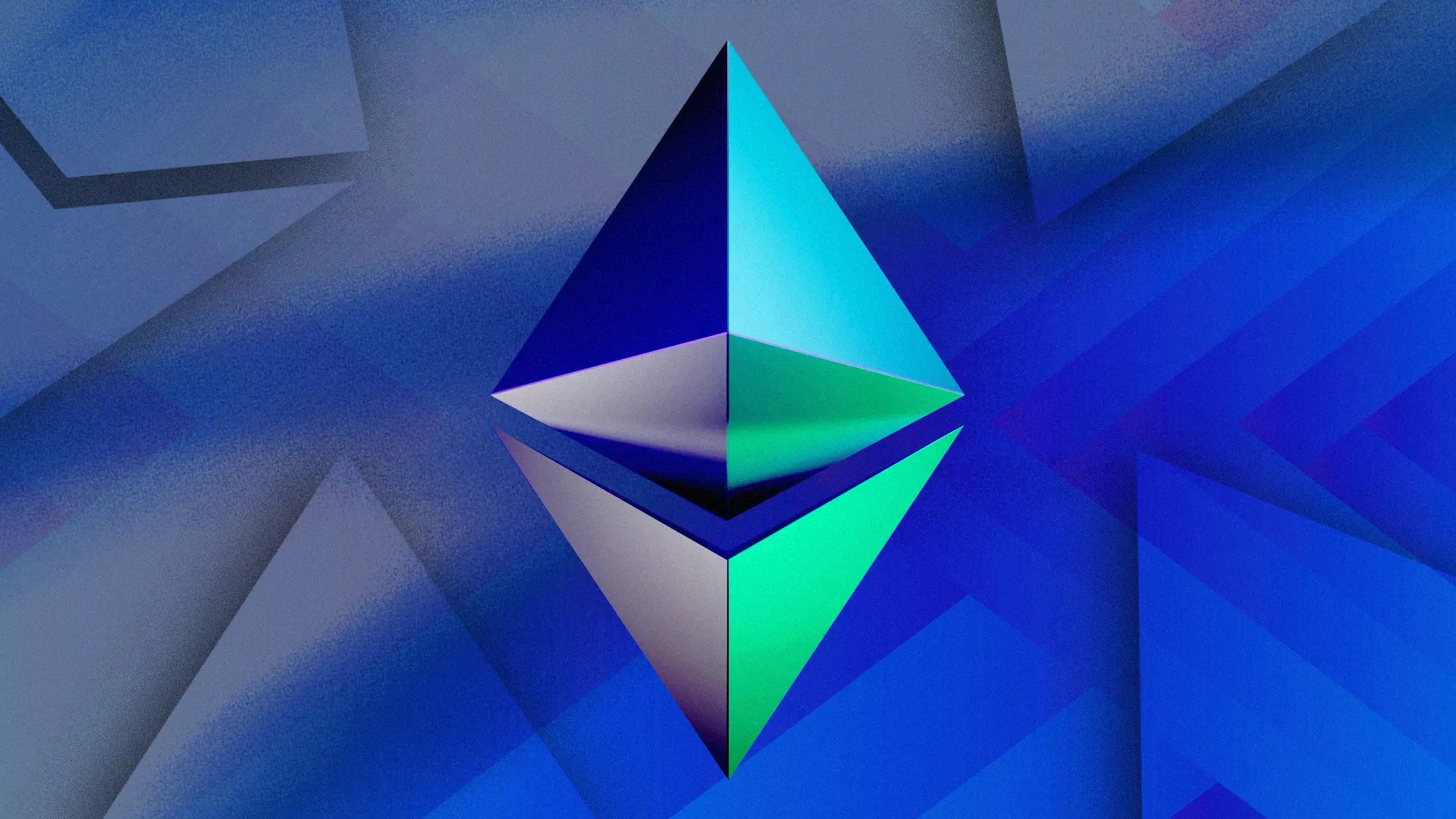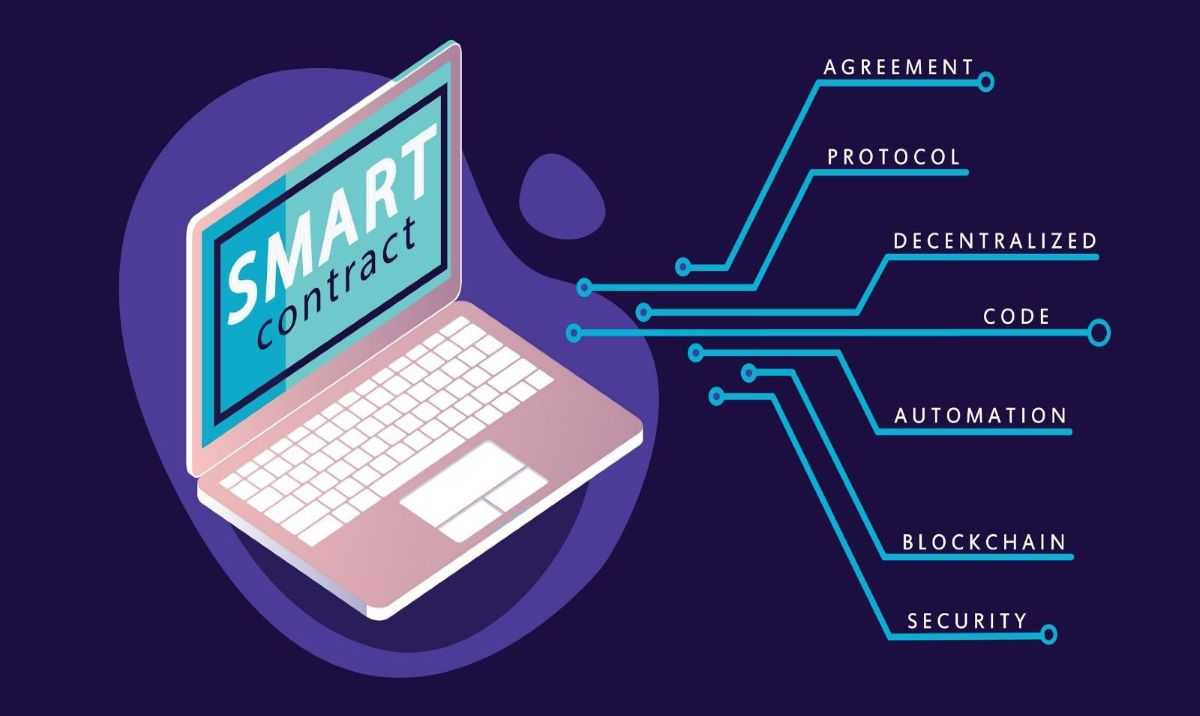Introduction
Welcome to the world of blockchain, a revolutionary technology that has transformed the way data is stored and accessed. In simple terms, a blockchain is a decentralized digital ledger that records transactions across multiple computers or nodes. It provides transparency, immutability, and security, making it an ideal solution for various industries.
So, how exactly is data written to a blockchain? In this article, we will dive into different models that describe the process of writing data to a blockchain. Each model introduces unique mechanisms and algorithms to ensure the integrity and reliability of the stored information.
Before we explore these models, let’s briefly understand the basic concept of a blockchain. At its core, a blockchain consists of blocks, which are containers for data. These blocks are linked together using cryptographic hashes, forming a chain of information. Each block contains a set of transactions, timestamped and validated by the network participants.
One of the key features of a blockchain is its decentralized nature. Unlike traditional centralized databases, where a single entity has control over the data, a blockchain is distributed among multiple nodes. This decentralization ensures trust and eliminates the need for intermediaries, as transactions are verified by consensus among the participants.
Now, let’s delve into the different models that describe how data is written to a blockchain. These models include Proof of Work (PoW), Proof of Stake (PoS), Delegated Proof of Stake (DPoS), Practical Byzantine Fault Tolerance (PBFT), Directed Acyclic Graph (DAG), Hashgraph, and Tangle. Each model offers its own approach to achieving consensus and securing the blockchain.
What is a blockchain?
A blockchain is a decentralized, distributed ledger technology that enables secure and transparent transactions. It serves as a foundational technology for cryptocurrencies, such as Bitcoin, but its applications go far beyond digital currencies.
At its core, a blockchain is a chain of blocks, each containing a set of data. These blocks are linked together using cryptographic hashes, creating an immutable record of transactions. The data stored in a blockchain can include financial transactions, contracts, identity information, or any other type of digital asset.
The decentralized nature of a blockchain means that there is no central authority controlling the data. Instead, the data is stored and validated by a network of computers, also known as nodes. Each node maintains a copy of the entire blockchain, ensuring that the data is replicated and verified across the network.
One of the key features of a blockchain is transparency. Since every transaction is recorded and verified by the network participants, it becomes virtually impossible to alter or manipulate the data stored in the blockchain. This transparency builds trust among the participants and eliminates the need for intermediaries.
Another important characteristic of a blockchain is its security. The use of cryptographic algorithms ensures that the data stored in the blockchain is secure and tamper-proof. Once a transaction is recorded in a block and added to the blockchain, it becomes part of a permanent and unalterable record. This immutability protects the integrity of the data and provides a reliable audit trail.
In addition to transparency and security, a blockchain also offers efficiency and cost-effectiveness. By removing the need for intermediaries and the associated manual processes, transactions can be executed faster and with lower transaction fees. This makes blockchain technology highly attractive for industries such as finance, supply chain management, healthcare, and more.
Overall, a blockchain is a powerful technology that has the potential to transform numerous industries. Its decentralized nature, transparency, security, efficiency, and cost-effectiveness make it an innovative solution for storing and accessing data in a secure and reliable manner.
How data is written to a blockchain
Writing data to a blockchain involves a specific process that ensures the integrity and security of the information. Although the exact steps may vary depending on the blockchain model being used, there are some common principles involved.
Firstly, data must be organized into transactions. Transactions typically include information such as sender and recipient addresses, the amount being transferred, and any additional data specific to the application or use case. These transactions are bundled together and form the basis for adding data to the blockchain.
Next, the transactions are broadcasted to the network of nodes in the blockchain. These nodes validate the transactions and ensure that they meet the specific rules and protocols of the blockchain model. This validation process ensures that only legitimate and authorized transactions are accepted and added to the blockchain.
Once the transactions are validated, they are grouped together into a block. Each block contains a predetermined number of transactions and is linked to the previous block using a cryptographic hash. This linkage creates the chain-like structure that gives a blockchain its name and forms the foundation for its security and immutability.
After the block is formed, it undergoes a consensus mechanism to ensure agreement among the network participants on the validity of the block. The specific consensus mechanism depends on the blockchain model being used and may involve processes such as Proof of Work (PoW), Proof of Stake (PoS), or other mechanisms designed to achieve consensus in a decentralized manner.
Once the consensus is reached, the block is added to the blockchain, becoming a permanent part of the ledger. At this stage, the data in the block is considered finalized and cannot be modified without consensus from the network. This immutability ensures the integrity and trustworthiness of the data stored in the blockchain.
Finally, the process of writing data to a blockchain involves continuous replication and synchronization of the blockchain across all participating nodes. This replication ensures that every node in the network maintains an identical copy of the blockchain, providing redundancy and further enhancing the security and reliability of the data.
In summary, writing data to a blockchain involves organizing transactions, validating them, grouping them into blocks, achieving consensus on the validity of the blocks, and adding them to the blockchain. This process ensures the integrity, security, and immutability of the data stored in the blockchain, making it a trustworthy and reliable solution for various applications.
Model 1: Proof of Work (PoW)
Proof of Work (PoW) is one of the most well-known and widely adopted consensus mechanisms in blockchain technology. This model was popularized by Bitcoin and serves as the underlying mechanism for its security and immutability.
In the PoW model, nodes in the network, known as miners, compete to solve complex mathematical puzzles. Solving these puzzles requires substantial computational power and energy consumption. The first miner to solve the puzzle earns the right to add the next block to the blockchain and is rewarded with newly minted cryptocurrency.
The process of solving these puzzles involves repeatedly guessing a random number, known as a nonce, and appending it to the block’s data. The miner computes the hash of this combined data and checks if it meets a certain criteria, such as having a specific number of leading zeros. If the hash does not meet the criteria, the miner adjusts the nonce and repeats the process until a valid hash is found.
This competition among miners ensures that the blockchain’s security is maintained. Since solving the puzzle requires significant computational power, an attacker would need to control a majority of the network’s computing power to modify the blockchain. This high computational requirement makes the PoW model resistant to attacks and ensures the integrity of the blockchain.
However, the PoW model has some drawbacks. The computational requirements consume a vast amount of energy, resulting in high electricity costs and environmental concerns. Moreover, as more miners join the network, the difficulty of the puzzles increases, necessitating more computational power and energy consumption.
Despite these drawbacks, the PoW model has proven to be effective and remains the consensus mechanism of choice for many blockchain networks. Its security, immutability, and resistance to attacks make it suitable for applications that require a high level of trust and decentralization.
In summary, the Proof of Work (PoW) model utilizes computational puzzles to secure the blockchain. Miners compete to solve these puzzles, adding new blocks to the chain and receiving rewards. While energy-intensive, the PoW model provides strong security and integrity to blockchain networks.
Model 2: Proof of Stake (PoS)
Proof of Stake (PoS) is an alternative consensus mechanism that aims to address the energy consumption and scalability concerns associated with the Proof of Work (PoW) model. In the PoS model, validators are chosen to create new blocks based on their ownership or “stake” in the blockchain’s native cryptocurrency.
In the PoS model, participants who hold a certain amount of the native cryptocurrency can lock it up as a stake. The probability of being chosen to validate and add the next block to the blockchain is directly proportional to the stake held by a validator. This means that validators with a larger stake have a higher chance of being selected.
Unlike PoW, where miners compete to solve computational puzzles, validators in PoS are selected to create new blocks based on their stake. This approach eliminates the need for extensive computational power and energy consumption, making the PoS model more energy-efficient and environmentally friendly.
In addition to reducing energy consumption, the PoS model also offers improved scalability. Since the selection of validators is based on the amount of stake they hold, there are no limitations on the number of validators that can participate in the consensus process. This scalability allows PoS-based blockchains to process a higher number of transactions per second compared to PoW-based blockchains.
However, one potential concern with the PoS model is the “Nothing at Stake” problem. Since there is no physical cost associated with choosing multiple blockchains to validate, validators might be incentivized to validate multiple competing chains, leading to a lack of consensus. To mitigate this issue, various mechanisms are implemented in PoS protocols to discourage validators from participating in multiple chains.
Overall, the Proof of Stake (PoS) model offers a more energy-efficient and scalable alternative to the PoW model. Its selection process based on stake ownership reduces the need for excessive computational power, making it an attractive choice for blockchain networks looking to minimize energy consumption while maintaining security and decentralization.
Model 3: Delegated Proof of Stake (DPoS)
Delegated Proof of Stake (DPoS) is a consensus mechanism that builds upon the Proof of Stake (PoS) model. It aims to enhance scalability and efficiency by introducing a delegated governance system where a fixed number of trusted validators are elected to validate transactions and produce new blocks.
In the DPoS model, token holders in the blockchain network elect a set number of delegates or witnesses who will act as validators. These delegates are responsible for creating blocks and validating transactions on behalf of the network. The selection of delegates is typically done through voting, with token holders casting votes based on the amount of stake they possess.
Once the delegates are elected, they take turns producing blocks in predefined order and validate transactions. This rotation cycle ensures that all delegates have an opportunity to participate in block production, creating a fair and distributed system.
One of the key advantages of DPoS is its scalability. By limiting the number of validators, DPoS can achieve faster block confirmation times compared to other consensus mechanisms. The fixed number of validators also allows for easier coordination and decision-making, resulting in efficient block production and transaction processing.
Another benefit of DPoS is its resistance to centralization. The voting system allows token holders to hold delegates accountable, as they have the power to vote them out if they fail to fulfill their responsibilities. This system encourages active participation and prevents concentration of power in the hands of a few validators.
However, DPoS does introduce some trade-offs. Since the number of validators is limited, the system relies heavily on the trustworthiness and integrity of the elected delegates. If a majority of the delegates collude or act dishonestly, it can compromise the security and decentralization of the blockchain.
Nevertheless, the DPoS model has been successfully implemented in various blockchain networks, such as EOS and BitShares. Its efficient block production, scalability, and governance system make it an attractive choice for applications that require high transaction throughput and distributed decision-making.
In summary, Delegated Proof of Stake (DPoS) is a consensus mechanism that combines the benefits of Proof of Stake (PoS) with a delegated governance system. It offers scalability, efficient block production, and a decentralized decision-making process, making it a compelling choice for blockchain networks that prioritize speed, scalability, and governance transparency.
Model 4: Practical Byzantine Fault Tolerance (PBFT)
Practical Byzantine Fault Tolerance (PBFT) is a consensus mechanism specifically designed for distributed systems where multiple nodes may be faulty or act maliciously. PBFT ensures consensus among the network participants even in the presence of these Byzantine faults.
In the PBFT model, a leader is chosen to propose a new block, and the other nodes in the network, known as replicas, validate and reach a consensus on the proposed block. The consensus is achieved through a series of communication rounds, where each round involves message exchanges among the replicas.
During each round, the leader proposes a block and sends it to the replicas. The replicas then validate the proposed block and send their votes to the other replicas. Once a certain number of votes (typically a two-thirds majority) is received, the replicas consider the block as approved, and it is added to the blockchain as the next block.
To ensure security and prevent malicious behavior, the PBFT model requires a certain level of trust among the network participants. Each replica must be identified and known to the others, and messages are digitally signed to ensure authenticity and integrity.
One of the main advantages of PBFT is its fast transaction finality. Unlike other consensus mechanisms that require multiple confirmations to achieve consensus, PBFT can reach consensus on a block with each round of communication. This makes PBFT suitable for applications that require near-instantaneous transaction confirmation.
However, the PBFT model does have limitations. It is resource-intensive, requiring a higher number of participating nodes compared to other consensus mechanisms. This makes PBFT less scalable for large networks with a significant number of participants.
The PBFT model also assumes that the number of faulty or malicious nodes is below a certain threshold. If the number of faulty nodes exceeds this threshold, the consensus process may break down. Therefore, it is crucial to maintain a secure and trusted network environment when implementing PBFT.
In summary, Practical Byzantine Fault Tolerance (PBFT) is a consensus mechanism designed for distributed systems with Byzantine faults. It achieves consensus through a series of communication rounds, ensuring fast transaction finality. While resource-intensive and requiring a certain level of trust, PBFT is a reliable consensus mechanism for networks that prioritize fast confirmations and fault tolerance.
Model 5: Directed Acyclic Graph (DAG)
Directed Acyclic Graph (DAG) is a different approach to achieving consensus in blockchain technology. Unlike traditional blockchains that use a linear chain structure, DAG represents transactions as interconnected nodes in a graph-like structure.
In a DAG-based blockchain, each transaction is represented as a node, and the nodes are linked to one another through directed edges. These edges form a web-like structure, without any cycles or loops, hence the term “acyclic.”
One prominent example of a DAG-based blockchain is the IOTA network. In the IOTA protocol, participants must validate two previous transactions in order to have their transaction validated. This validation process creates a direct acyclic link between the approving transactions and the transaction being validated, forming a DAG structure.
The advantage of a DAG-based blockchain is its scalability. Since there is no strict linear chain, transactions can be processed in parallel, leading to faster transaction confirmation times and increased throughput. As more participants join the network, the transaction processing speed can potentially increase.
DAG-based blockchains also eliminate the need for traditional miners or validators. Instead, every participant in the network contributes to the validation process by approving previous transactions. This decentralized approach allows for a more inclusive and less resource-intensive consensus mechanism.
However, DAG-based blockchains also face certain challenges. One such concern is the issue of double-spending. Since transactions in a DAG are confirmed based on their approval by previous transactions, an attacker could potentially create conflicting transactions that receive separate approvals, leading to the possibility of double-spending. Various strategies and algorithms, such as the “tangle” in IOTA, are implemented to prevent or mitigate double-spending attacks.
DAG-based blockchains are still in the early stages of development and adoption. While they offer scalability and decentralization, further research and experimentation are needed to address the challenges and limitations associated with this consensus model.
In summary, Directed Acyclic Graph (DAG) is an alternative approach to achieving consensus in blockchain technology. Its graph-like structure allows for parallel transaction processing and increased scalability. DAG-based blockchains offer a decentralized and inclusive consensus mechanism, but they also face challenges such as double-spending. Further research and development are needed to explore the full potential of this consensus model.
Model 6: Hashgraph
Hashgraph is a consensus algorithm and data structure that aims to provide high throughput, low latency, and fairness in distributed systems. It is a patented technology developed by Swirlds and has gained attention for its potential in various applications, especially in the financial and corporate sectors.
The Hashgraph algorithm uses a directed acyclic graph (DAG) structure to represent transactions and their ordering. Instead of relying on proof-of-work or proof-of-stake, Hashgraph achieves consensus through a virtual voting process called gossip about gossip. This process involves nodes exchanging their individual knowledge of events in the network, allowing them to reach a collective understanding of the order and timestamp of transactions.
Nodes in the Hashgraph network asynchronously gossip with each other, sharing information about transactions and their respective ancestors. This continuous exchange of information enables each node to build a detailed picture of the transaction history and determine the consensus order of events. By relying on the voting process, Hashgraph can achieve consensus across the network without relying on a leader or central authority.
One of the notable features of Hashgraph is its high throughput and low latency. The gossip protocol allows for parallel processing of transactions, resulting in increased network throughput. Additionally, the algorithm’s asynchronous nature enables fast finality, with transactions being confirmed within seconds.
Fairness is another critical aspect of the Hashgraph algorithm. The voting mechanism ensures that each participant’s influence in the consensus process is proportional to the amount of computational power they contribute and not skewed by factors like stake ownership. This fair distribution of influence helps prevent centralization and ensures a more democratic consensus mechanism.
Security is a fundamental aspect of any consensus algorithm, and Hashgraph addresses this through a Byzantine fault-tolerant design. It achieves consensus even in the presence of faulty or malicious nodes, ensuring the integrity and reliability of the network.
It’s worth noting that while Hashgraph has gained attention for its potential, it does have limitations. The technology is still relatively new and undergoes ongoing research and development. Additionally, the Hashgraph algorithm requires high network connectivity and node participation to function optimally.
Overall, Hashgraph offers a promising approach to consensus, with its high throughput, low latency, fairness, and security features. While it is still gaining traction in the blockchain space, Hashgraph has the potential to enable innovative applications in various industries, providing a reliable and efficient consensus mechanism for distributed systems.
Model 7: Tangle
Tangle is a unique and innovative consensus mechanism used in the IOTA cryptocurrency network. Unlike traditional blockchain models, Tangle is a directed acyclic graph (DAG) structure that aims to provide a scalable, decentralized, and feeless solution for the Internet of Things (IoT) ecosystem.
In the Tangle model, every transaction serves as both a participant and a validator in the network. This means that to have a transaction approved and added to the Tangle, it must validate and approve two previous transactions. This validation process forms a web of interconnected transactions, forming a DAG structure.
By utilizing this confirmation process, Tangle achieves scalability and throughput. As more transactions are added to the network, the number of possible paths for approving transactions increases, enabling concurrent transaction processing and reducing confirmation times and fees.
Another unique feature of Tangle is its focus on data integrity. Each transaction includes an additional layer of information called a “weight” or “weightage factor,” which quantifies the computational effort required to perform the validation. This weight ensures that transactions are prioritized and ordered properly within the Tangle structure.
One of the significant advantages of Tangle is its ability to perform offline transactions. Since every transaction only needs to validate two previous transactions, network connection issues or temporary disconnections do not hinder the validity of a transaction. This feature makes Tangle an ideal solution for IoT environments where devices may have limited connectivity.
However, Tangle does face some challenges. It is susceptible to the “double-spending” problem, where an attacker could create conflicting transactions in an attempt to spend the same funds twice. To mitigate this issue, the IOTA network utilizes additional protocols and mechanisms, such as a coordinator node, to ensure transaction security and prevent double-spending attacks.
Tangle’s feeless nature is another distinctive aspect. Instead of relying on transaction fees to incentivize miners or validators, Tangle incentivizes users to participate in the network by requiring them to confirm other transactions in order to have their own transactions confirmed. This cooperative approach benefits the entire network by creating an ecosystem where each participant contributes to the network’s security and functionality.
In summary, Tangle is a unique DAG-based consensus mechanism used in the IOTA network. With its scalability, feeless structure, offline transaction capability, and focus on data integrity, Tangle provides a promising solution for the IoT ecosystem. While it faces challenges related to double-spending and security, ongoing research and development are being conducted to enhance and optimize the Tangle model for real-world applications.
Conclusion
The world of blockchain technology offers a diverse range of consensus models, each with its own approach to achieving trust, security, scalability, and decentralization. From the well-known Proof of Work (PoW) and Proof of Stake (PoS) models to the innovative Directed Acyclic Graph (DAG), Hashgraph, Tangle, and more, these models shape the way data is written to a blockchain.
Proof of Work (PoW) continues to be widely adopted, providing a robust and secure consensus mechanism through computational puzzles. However, its energy consumption and scalability limitations have led to the development of alternatives like Proof of Stake (PoS) and Delegated Proof of Stake (DPoS), offering energy efficiency and scalability by leveraging stake ownership and delegated governance.
Directed Acyclic Graph (DAG) models, such as Hashgraph and Tangle, introduce new structures and mechanisms to achieve scalability, fast transaction confirmations, and decentralized participation. These models aim to address the limitations of traditional blockchain structures, offering potential solutions for various use cases, including IoT and financial applications.
While each consensus model has its strengths and weaknesses, it is essential to consider the specific requirements and objectives of a blockchain network when selecting the most suitable model. Factors such as security, scalability, energy efficiency, decentralization, and transaction throughput play vital roles in determining the optimal consensus mechanism for a given application.
As blockchain technology continues to evolve, we may witness the emergence of new consensus models and improvements to existing ones. These advancements will contribute to further enhancing the efficiency and effectiveness of blockchain networks, opening up new possibilities and use cases across industries.
Ultimately, the choice of a consensus model depends on the goals, requirements, and context of the blockchain project. By understanding the strengths and trade-offs of each model, blockchain developers and stakeholders can make informed decisions and design networks that best serve their specific needs.










